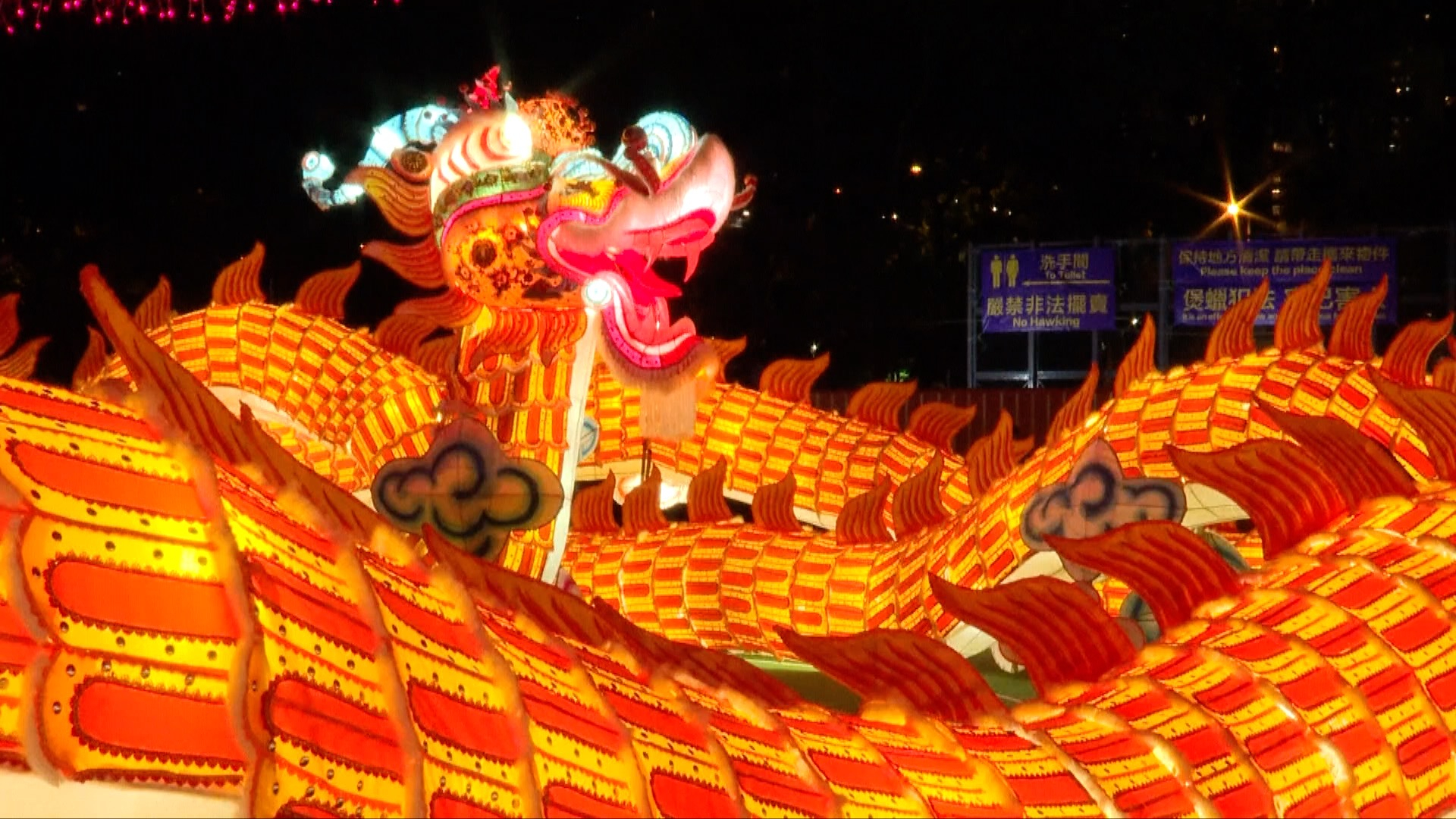
The Chinese have celebrated the harvest during the autumn full moon since the Shang dynasty (c.

Traditions and myths surrounding the festival are formed around these concepts, although traditions have changed over time due to changes in technology, science, economy, culture, and religion. Praying (asking for conceptual or material satisfaction), such as for babies, a spouse, beauty, longevity, or for a good future.Thanksgiving, to give thanks for the harvest, or for harmonious unions.Consequently, this is the main reason why the festival is thought to be important. It is said the Moon is the brightest and roundest on this day which means family reunion. Gathering, such as family and friends coming together, or harvesting crops for the festival.The festival celebrates three fundamental concepts that are closely connected: The festival is held each year in November for 3 days. Bon Om Touk, or The Water and Moon Festival in Cambodian.However, 'Mid-Autumn Festival' is more widely used by locals when referring to the festival in English and 'Zhōngqiū Jié' is used when referring to the festival in Chinese.Lantern Festival, a term sometimes used in Singapore, Malaysia and Indonesia, which is not to be confused with the Lantern Festival in China that occurs on the 15th day of the first month of the Chinese calendar.Most festival songs are sung by the children. Also known as The Children's Festival in Vietnam.Tết Trung Thu ( 節中秋 in Chữ Nôm, Mid-Autumn Tet), in Vietnamese.Moon Festival or Harvest Moon Festival, because of the celebration's association with the full moon on this night, as well as the traditions of Moon worship and Moon viewing.



Perayaan Kuih Bulan, Perayaan Pertengahan Musim Luruhįestival Pertengahan Musim Gugur, Festival Kue Bulan Tết Trung thu, Tết thiếu nhi, Tết trông Trăng, Tết hoa đăng "Mid-Autumn Festival" in Traditional (top) and Simplified (bottom) Chinese characters


 0 kommentar(er)
0 kommentar(er)
